Driving her ATV down the Florida beach while counting sea-turtle tracks, large, dark shapes swimming close to shore piqued Jessica Pate’s curiosity. After investigating, the marine biologist was shocked to discover mantas, which she didn’t think often visited Floridian waters. Even a broad online search for mantas in Florida turned up little.
As an open-water dive instructor, she knew divers didn’t commonly see mantas in the area. But she stumbled upon them often enough along the shoreline while researching sea turtles to believe these giant rays simply inhabited shallower waters while in Florida. So, she and her boyfriend rented a boat and were ecstatic to find two mantas that first day — but then none for three weeks.
Mantas regularly appear in Floridian waters
Continuing her hunt, she found more mantas, usually in shallow waters of 10 feet or less. This cleared up the mystery of why divers rarely saw them. With this data in hand, she established The Manta Ray Program for the Americas branch of the Marine Megafauna Foundation last year. Jessica has now been able to compile some surprising preliminary data working as a volunteer in her off-hours, with help from fellow manta lovers, two conservation photographers documenting the project, and a volunteer summer research assistant.
Jessica goes out on the water to further her research one to three days week. On her best day, she found seven mantas, but occasionally goes weeks without seeing any if the conditions are bad enough. Many fish migrate through Floridian waters, but she’s actually seen mantas return to the area. She documented one manta on seven separate occasions over a two-month period, and many that she and her team recorded last year have returned this year.
Humans heavily impact mantas
Researchers have seen propeller scars and missing tails. Fishing hooks and line entanglements are also common, which makes it all the more heart-wrenching to find out that mantas are likely quite intelligent since they have the largest brain-to-body ratio of all rays, sharks and skates. In the video below, a female manta named Stevie Nicks seemed to know someone was trying to help and patiently waited for an hour while Jessica worked to remove three hooks with fishing line attached. The hooks in her belly also included weights, affecting Stevie’s ability to swim.
Video courtesy of Bethany Augliere Photography
While this video has a feel-good ending, human impacts are a sad, regular occurrence. Last year, the Manta Ray Program recorded a beautiful giant ray they named Kevin who had a smooth body. This year, they took photos of a missing left wing-tip and a gash on his back so large it allowed them to see all the way into Kevin’s body cavity. They documented another gash a week later and soon thereafter found him with two attached fishing lines dragging along a plastic bag. Jessica successfully removed everything from poor Kevin and he seems to have recovered, but he may not be so lucky the next time.
In the drone footage below, viewers can see a manta with a missing left wing-tip. This indicates it could be Kevin, swimming along the Florida shoreline and then close to a pier. A fisherman clearly casts out in front of the manta three times before the ray swims back into open water. It’s not just happenstance that Jessica continues to see mantas covered in hooks and fishing line. Fishermen try to catch cobia underneath mantas and they often injure the mantas instead.
South Florida may be special
The Manta Ray Program has discovered three extraordinary phenomena in South Florida:
- The area could be a nursery for baby mantas since Jessica and other researchers often see small, immature manta rays.
- Some rare melanistic mantas, commonly called ‘black morphs,’ with their striking all-black coloring
- A dead manta found in Pompano Beach provided the program with a unique opportunity to collect a large amount of data from a particularly important specimen. Marine Megafauna Foundation founder Dr. Andrea Marshall suspects this is a potential third species of manta.
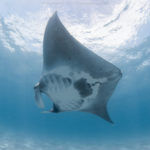
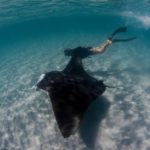
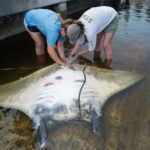
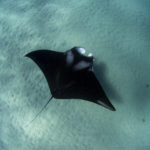
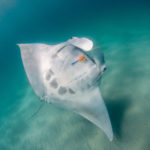
What’s next for the Florida mantas?
While it’s still a mystery why scientists have done little research on the Florida mantas before, Jessica plans to continue her volunteer manta studies part-time in the hopes that eventually funding will appear. Full-time research and tagging the mantas to track their behavior is the key to finding out more about these majestic creatures.
If you’re as thrilled as we are to know that mantas can be found in the contiguous United States and not just exotic locales, check out the Facebook page of Marine Megafauna Foundation: Americas which Jessica runs. Please visit MarineMegafaunaFoundation.org to volunteer or donate to this 501(c)(3) charity focused on saving our ocean giants, and helping marine life and humans thrive together.
The post Mantas in Florida appeared first on Scuba Diver Life.
from Scuba Diver Life http://ift.tt/2GqWR6P
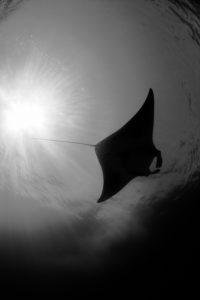
No comments:
Post a Comment